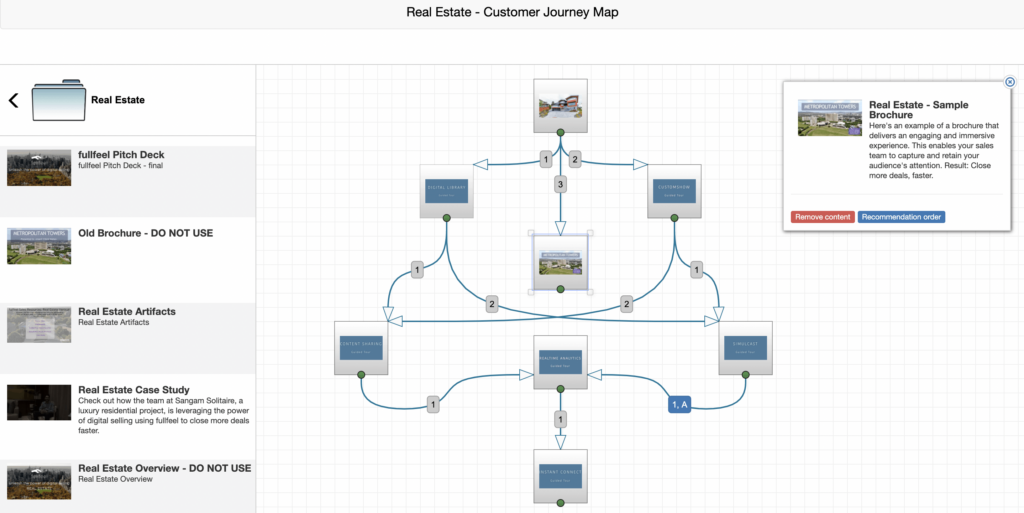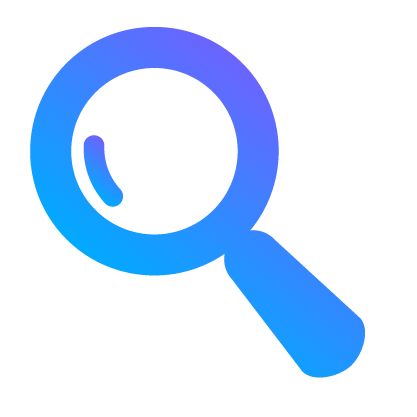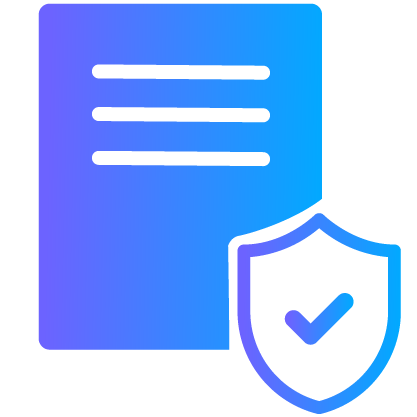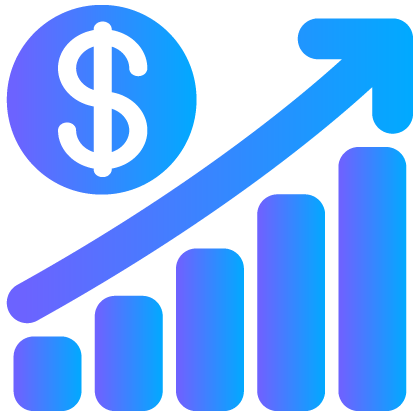The Digital Selling Crash Course
Chapter 5: Accelerating Sales Engagement with Digital Selling
Automate and accelerate your sales teams ability to engage:
Learn how autonomous customer engagements and customer journey maps will enable your sales team to best utilize their time and energy.
What is a Customer Journey?
Before making a purchasing decision, a buyer takes a number of steps that help them identify an ideal solution that matches their requirements to solve a problem. Experienced sales professionals refer to these series of steps as a customer journey.
For example, imagine a person wants to purchase a new car. At a high level, this person will undergo many steps from when they first encounter the car until they finally decide to purchase it. They may start from seeing a picture of the car online, to reading and watching videos about the car and its capabilities, then find a dealership to take it for a test drive, and finally enter a buying decision making process. The collection of these steps, happening in a particular order is an example of a customer journey.
A successful salesperson works to accelerate a buyer through this customer journey. They do this by aligning to the customer’s journey with personalized sales engagement activity and content (like formal presentations, casual conversations and sales collateral). This progressively moves the buyer to the decision stage. This activity is absolutely essential, but it gives rise to two sales challenges:
- The activity to progress a prospect through this journey is very dependent on the sales person’s ability to understand the sales process. Businesses spend significant time and resources in sales coaching and supervision. All of this greatly increases the cost of selling and results in unpredictable sales cycles.
- Not every sales person is equally effective at aligning sales engagement to the customer’s journey. On average, less than 20% of the sales team members master this skill, leading to significant waste of sales resources that result in high cost of selling.
Digital Selling helps you eliminate these challenges using Autonomous Customer Engagement and Customer Journey Maps.
What is Autonomous Customer Engagement?
Imagine if we could “train” a Digital Selling application to understand a customer’s journey and then let it engage with the customer on behalf of a salesperson? This can result in highly accelerated, consistent and predictable engagements for the sales team. Well, you can stop imagining. This is what Autonomous Customer Engagement enables you to achieve.
Autonomous Customer Engagement uses an optimal mix of relevant content (as described in the previous chapter), an innovative concept of customer journey maps (described below) and data analytics enables to mimic what a salesperson does manually.
Autonomous Customer Engagement involves engaging a prospect with increasingly relevant content, reactivating engagement via automated personalized communications (emails, text messages & notifications) and offering appropriate calls to actions that gently drive the prospect to the purchase decision.
We will illustrate this with a video shortly but first let’s describe the innovative concept of Customer Journey Maps and then we will put it all together.
Customer Journey Maps
Digital selling systems can use Customer Journey Maps to learn the sales engagement techniques of your most successful sales team members.
In a Customer Journey Map, the manual engagement of a salesperson is replaced by an equivalent piece of relevant and engaging content. Such content should usually follow the Digital Selling rules that we described earlier.
The Customer Journey Map starts with first answering this question:
What is the most relevant content item to start a conversation with a prospect?
Your sales and marketing team will usually identify one or more Teaser or Explainer content items (as described in Chapter 4) in response to this question. These content pieces become the starting point of a customer journey.
After this we incrementally build a Customer Journey Map by asking the following recurring questions:
Based on the current content item that you have engaged a prospect with, what is the next relevant content item to engage them with? Also, is there a relevant call to action that will be appropriate at this time?
Based on the prior sales engagement experience, the response to this question tends to be one or more content items that will be relevant for the next level of engagement. Also at some levels, very well defined calls to actions can be identified such as:
- Request a online or in-person meeting with the salesperson
- Request a demo of the offering
- Request a price proposal
- … or any other relevant call to action
If you represent content items as small rectangles and connect the current content item to the next relevant content items, you start building a graph similar to the one shown below.

The diagram in the image above represents a schematic view of a Customer Journey Map.
Check out this video. It illustrates how Zoomifier enables you to build a Customer Journey Map interactively by simple drag-and-drop of the relevant content from the Digital Library and then graphically connecting the content items.
Autonomous Customer Engagement with Zoomifier
Once a Customer Journey Map is defined and shared by a salesperson with the prospect, Zoomifier starts Autonomous Customer Engagement by recommending relevant content both online and offline based on the training it has received through the Customer Journey Map. The initially shared content and the recommended content items selected by the prospect is called a “Customer Journey”. A Customer Journey represents the full sales engagement and nurturing of a prospect resulting from both a salesperson’s actions as well as the Autonomous Customer Engagement by Zoomifier.
Accelerate Sales Engagement
You are almost done! In the last Chapter we will tie everything you learned together.
Explore the Chapters...
What is it, and who needs it?
Learn what Digital Selling is, why it matters, and whether you are suffering from the adverse effects of outdated traditional selling practices.
Let’s skip the theory and put Digital Selling techniques into practice.
Your time is valuable. We promise in 30 minutes you will know exactly what to do to start helping your business close more deals, faster.
Transition from traditional sales collateral to digital sales collateral
Increase your sales performance by learning how to create immersive, engaging, and jaw dropping digital brochures, catalogs, lookbooks, and more.
3 rules that will improve the relevance of your sales content when engaging a prospect
Maximize your sales engagements by developing relevant content that addresses your prospect’s problems and presents the right information at every stage of the sales cycle.
Automate and accelerate your sales teams ability to engage
Learn how autonomous customer engagements and customer journey maps will enable your sales team to best utilize their time and energy.
The three phased approach to get your business to adopt Digital Selling
Transform how your business sells using the phased approach described in this chapter.













